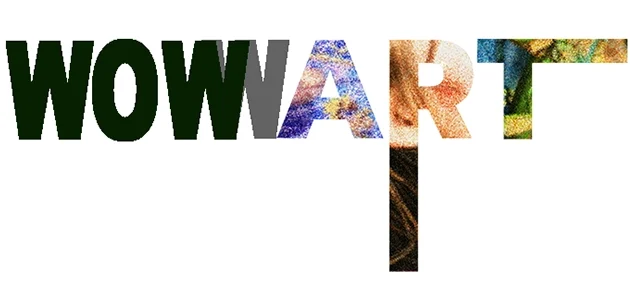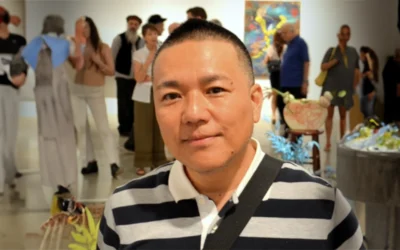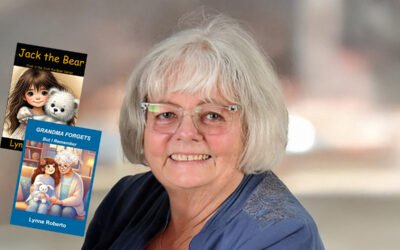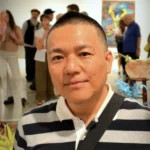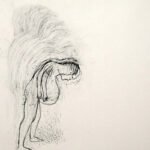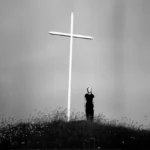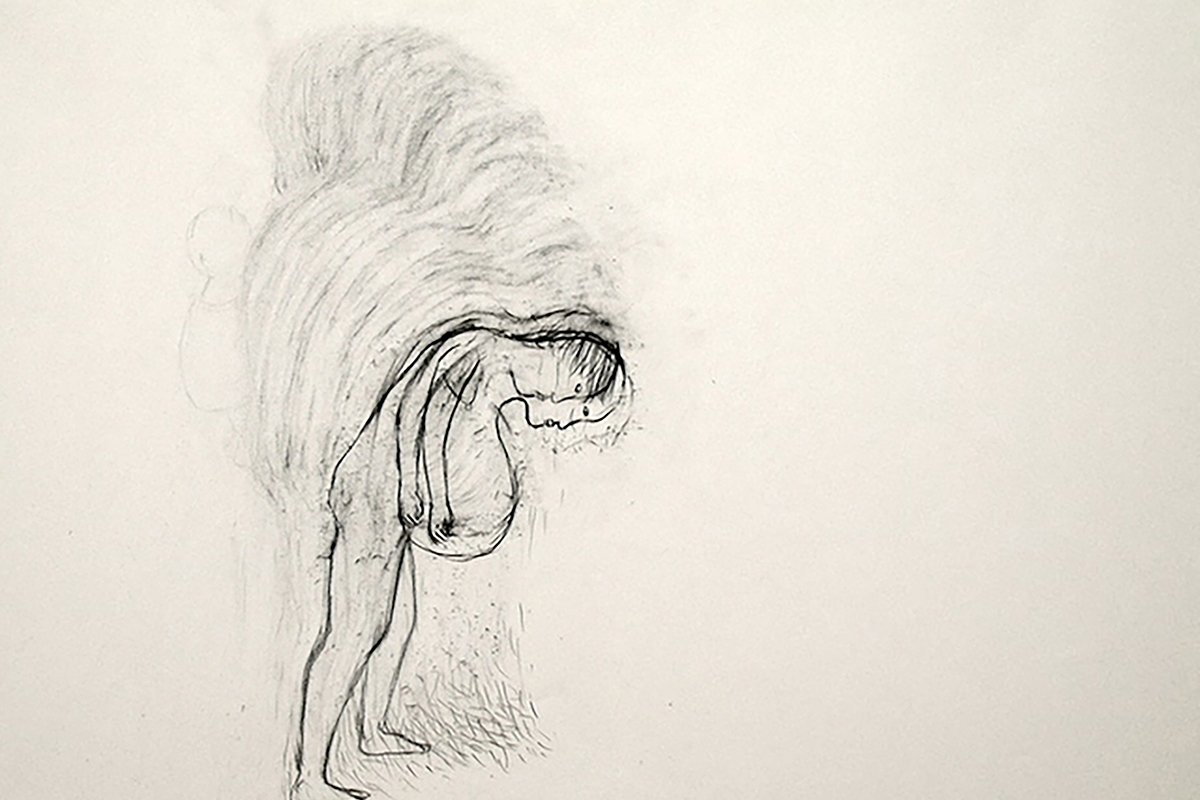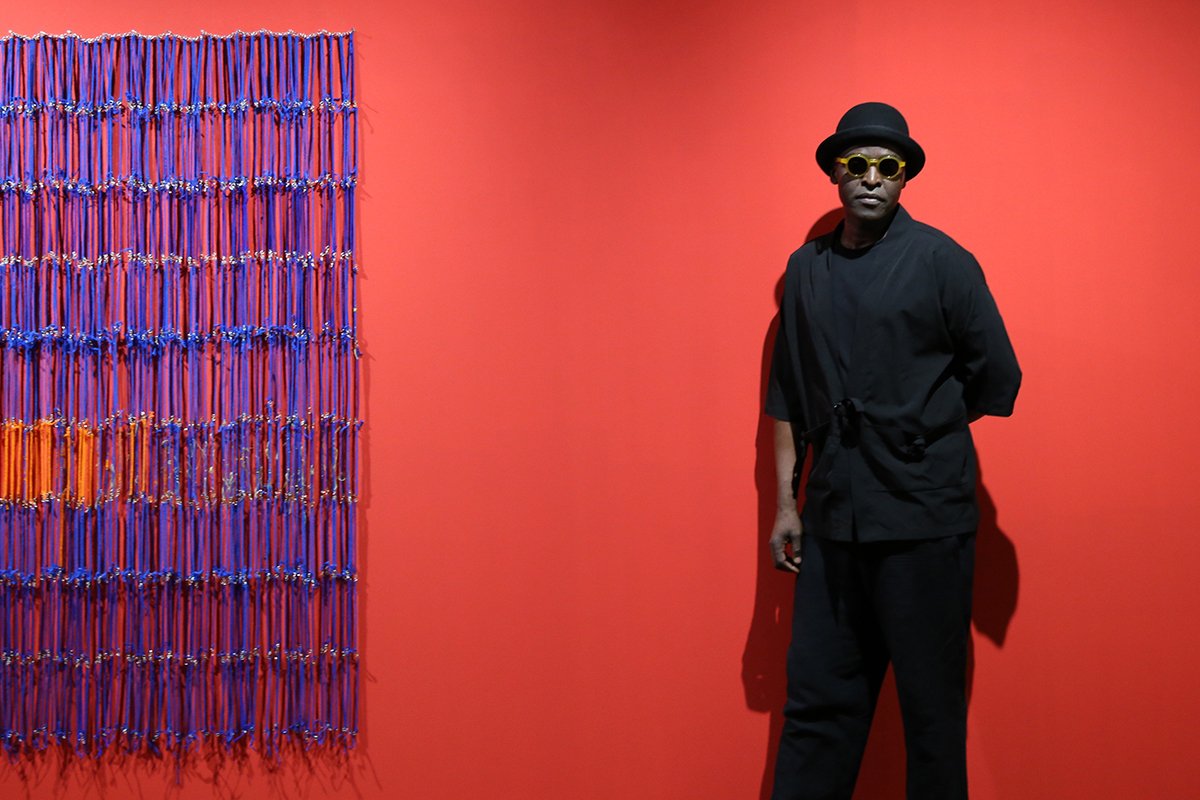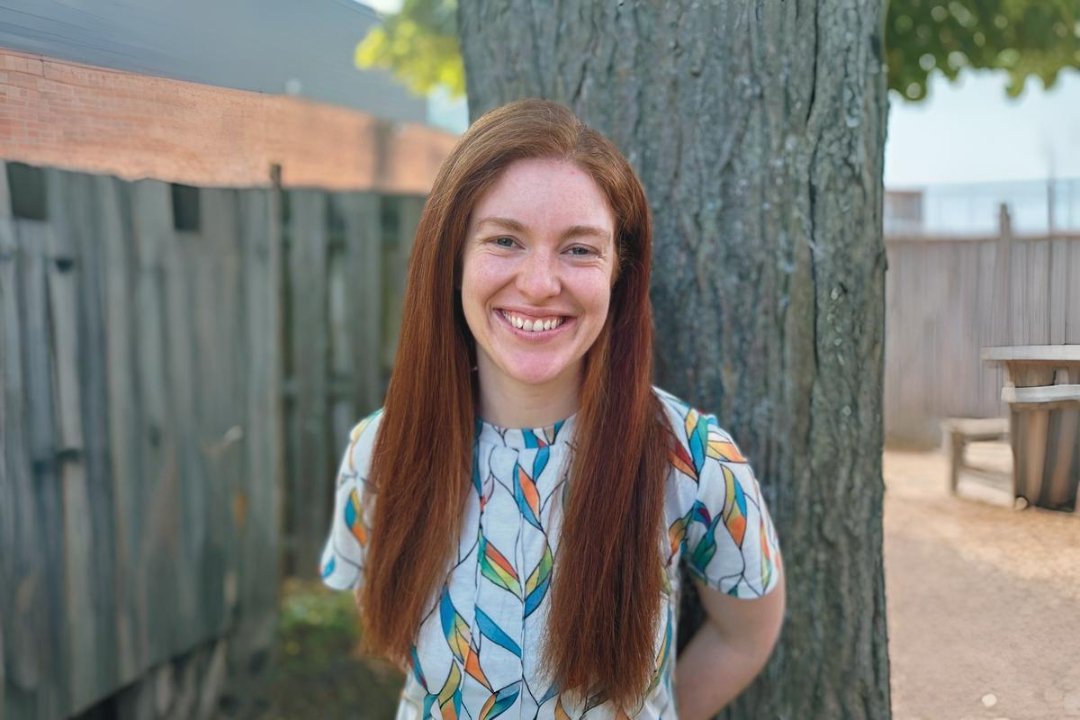Linda Karshan: “Every drawing of mine comes through transitional space. Otherwise it would be manufactured.”
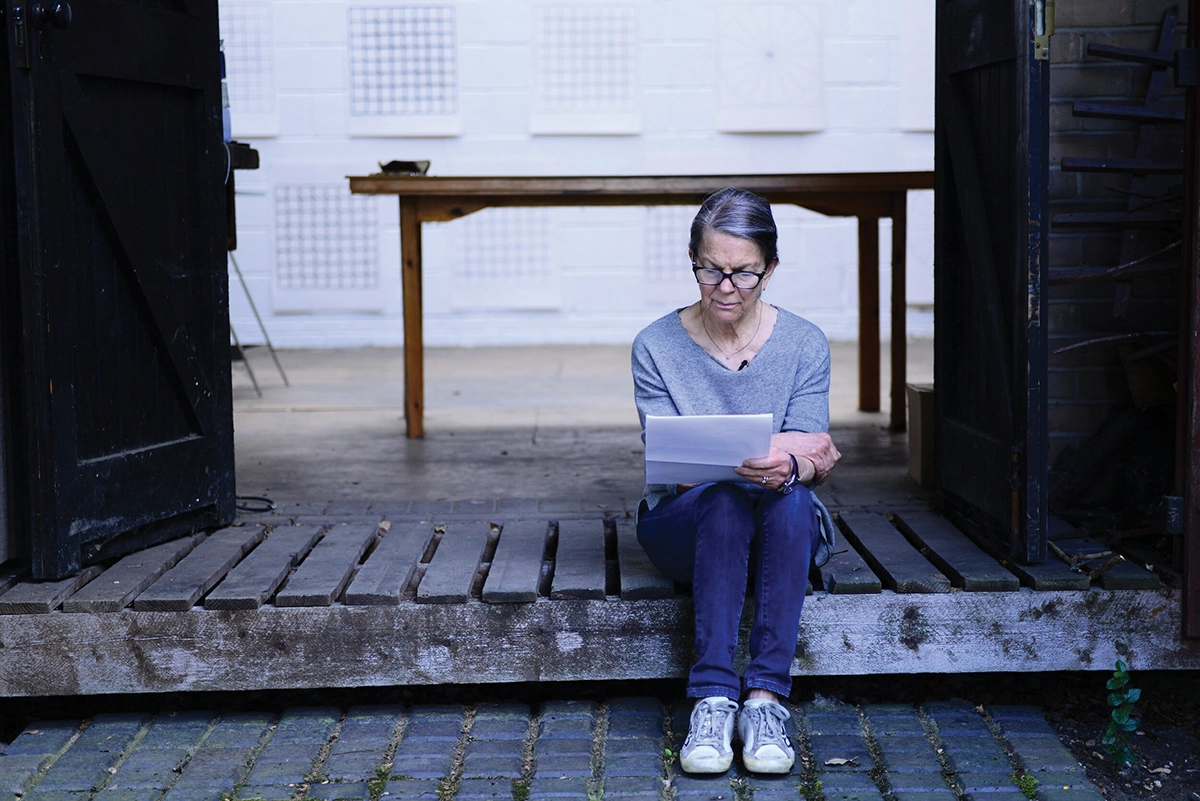
PHOTO: Linda Karshan in her Dulwich Studio, London while filming with Stonedog Productions. 2020 © Ishmael Annobil, Stonedog Productions.
Exploring the transformative interplay of psychology and creativity in Linda Karshan’s innovative artistic practice
Linda Karshan discusses the influence of psychology on her art, her rhythmic approach to creation, and how her unique methods invite viewers to engage with the essence of creativity.
We delve into the profound artistic journey of a true innovator whose works transcend traditional boundaries. Linda Karshan, an artist of exceptional depth and insight, merges the realms of psychology and art in a manner that resonates with both intellect and emotion. With a foundation built on her education at esteemed institutions such as the Sorbonne and the Slade School of Art, Karshan has cultivated a unique approach that reflects her extensive studies and experiences.
Her oeuvre, characterized by intricate drawings, prints, and artists’ books, embodies a delicate balance between structure and organic expression. Karshan’s exploration of transitional space and creative play, influenced by the psychological theories of D.W. Winnicott, reveals an artist deeply engaged in the process of self-discovery and artistic expression. Her works invite viewers into a dialogue about the nature of creativity itself, challenging us to reconsider the boundaries of artistic practice. With exhibitions in prestigious museums and collections around the globe, including the British Museum and the Metropolitan Museum of Art, Karshan continues to inspire and captivate audiences with her evocative, rhythmically structured creations. This conversation offers a rare glimpse into her artistic philosophy and the dynamic interplay between movement, thought, and expression that defines her work.
Linda Karshan inspires both viewers and other artists with her profound investigation of transitional space and creative activity.
“Linda Karshan is a visionary artist whose profound exploration of transitional space and creative play resonates deeply, inspiring viewers and fellow creators alike.“
How did your studies in psychology and Plato’s theory of numerical order influence your performance-based artistic method?
In my work it’s never a case of influence but of affinity.
My studies in psychology focused on Donald Winnicott, whose theories of transitional space and transitional phenomena are key to my artistic practice. Winnicott’s theories gave me ballast, even courage, to stay in pace and place throughout the making of an artwork.
“It’s never a case of influence but of affinity.” – Linda Karshan
He wrote about creative play. It’s a precarious place that hovers between the unconscious and consciousness. He said it was here and only here that anything original gets made, and so it is. Every drawing of mine comes through transitional space. Otherwise it would be manufactured.
Plato found me.
I had made a suite of prints which became an artist’s book, Time, Being; le temps, lui.
I asked my friend, the philosopher David Wiggins, to write an accompanying text. After inspecting the prints for thirty minutes, he said ‘Ah, there is no need. The text exists. He sent me the passage from Plato’s Timeus, on the creation of time.
As Mara Gerety wrote, ‘she moves her body through each space.. marking out Plato’s perfect numerical ordering of the universe.’
Can you describe the role that your concept “inner choreography” plays in the creation of your prints and drawings?
It is key. That inner choreography IS the moving figure assigned to me. It determines every drawing, on paper or in space. I can count on it, literally and figuratively, and I do. It sounds like this:
1-2-3-4-5-6-7-8 turn
1-2-3-4-5-6-7-8 turn
It’s what my body does, guided by my mind. It first appeared in the drawing I call my Self-Portrait. Crucially, the day it appeared I saw Quad, the teleplay by Samuel Beckett. It was as if I were watching my drawing performed on stage. Beckett remains the artist with whom I feel the closest affinity.
“If a culture has in its store my figure—that moving figure assigned to me—my work is immediately recognized.” – Linda Karshan
In 1994, you transitioned to a more structured, rhythmic approach in your art-making. What prompted this shift from expressive compositions to performance-based, iterative works?
The appearance of the moving figure, with its numbers, rhythm and direction to turn the sheet. When it came into being, I recognized it for what it was. Thanks to Winnicott I knew not to get in the way; not to impinge. Once this small, iconic drawing was done, I pinned it to the wall, caught my breath, and knew I could begin.
So it wasn’t a transition I planned, but one that appeared. I immediately saw its significance. Yes, it is more structured, and it is rhythmic, but it is in the same breath organic.
How do the physical movements, such as turning the paper counter-clockwise and counting increments of time, contribute to the geometric patterns and grids in your work?
Two important things to say here. Perhaps my most original jotting goes like this: man marks himself vertically, it is the Earth that turns. That’s how we make the grid, that’s why we make the grid.
And so I have to turn the sheet. It’s directive. I have no choice.
I do not make the line that you read as horizontal. It’s another vertical line. And I never confuse my horizontals and my verticals.
So turning the sheet is absolutely key, and while I never thought that I make grids, of course that’s what they are. Horizontal and vertical lines, but they come into being as a result of the turn.
Your MA thesis explored D. W. Winnicott’s theories of transitional space and creativity. How do these psychological concepts continue to shape your artistic practice today?
My thesis was called Play, Creativity, and the Birth of the Self. I believe in those things now more than ever. These ideas are at the heart of every drawing I make. They started with Winnicott, but developed through my artistic practice.
It’s worth reiterating that Winnicott’s ideas on transitional space are key to the artistic side of my work.
The other key is my Bauhaus training, in which I was taught to build a drawing, to cross those corners. The drawing should not fall apart when I get up close.
But Winnicott’s insistence on creative space – it is here and only here that anything original gets made – is essential.
You’ve exhibited in major galleries and museums across Europe and the U.S. How do you feel your work has been received in these different cultural contexts?
That’s a great question. There is a predisposition in certain cultural milieu, where my work can be seen and felt, because it’s close to the experience of the viewer. It’s in understanding this that I often think of another passage, Plotinus, another Friend of Time:
‘The mind sheds radiance on the objects of sense, out of its own store.’
If a culture has in its store my figure—that moving figure assigned to me—my work is immediately recognized. It’s heartwarming for me to exhibit in those places.

EDITOR’S HIGHLIGHTS
Empowering Art & Artists Globally
“Being featured in WOWwART means gaining visibility not just in print edition, but across the entire media spectrum in the US, UK, Europe and beyond”

EDITOR’S HIGHLIGHTS
Media, Art and Artist
Media is a powerful tool to build relationships, boost visibility, influence decisions, and create lasting impressions for success and growth.

